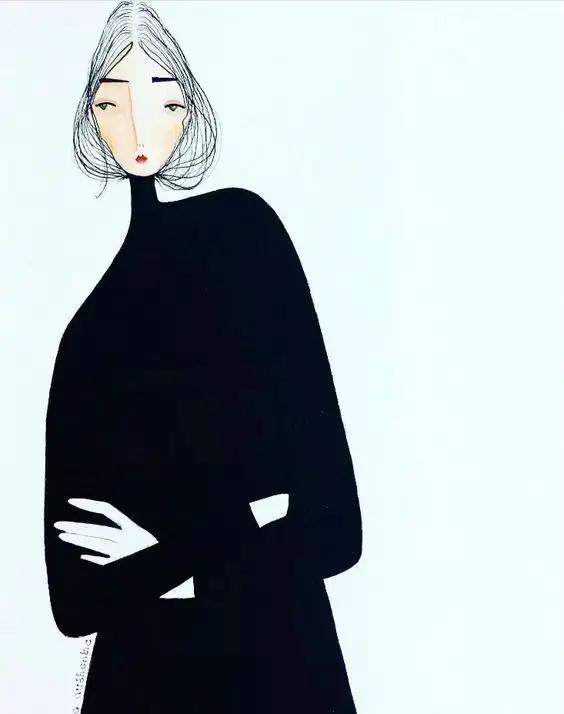
Literature, in all its forms, is a realm where words transcend their literal meanings to convey profound ideas and emotions. One of the most compelling devices employed by writers to enrich their narratives is symbolism. Symbolism in literature is the art of imbuing objects, characters, actions, or settings with deeper, often abstract, meanings.
It adds layers of interpretation, allowing readers to explore themes, emotions, and concepts beyond the surface of the story. In this article, we will delve into the fascinating world of symbolism in literature, exploring its significance and examining some iconic examples.
Understanding Symbolism
Symbolism is a literary device that has been employed for centuries across various cultures and genres. At its core, symbolism is the act of using one element to represent another, often more abstract, idea or concept. It allows writers to communicate complex themes, emotions, or social commentary indirectly, leaving room for interpretation and introspection.
The Significance of Symbolism
Symbolism serves several vital functions in literature:
Enhancing Themes: Symbols can amplify the themes of a work. For example, a recurring symbol of a rose in a story might represent love or beauty, strengthening the exploration of those themes.
Adding Depth: Symbolism adds depth and complexity to characters, objects, and settings. It invites readers to ponder the symbolic significance, leading to a richer reading experience.
Inviting Interpretation: Symbols invite readers to interpret the text on a personal level. Different readers may draw various meanings from the same symbol, making literature an interactive and thought-provoking medium.
Creating Universality: Symbolism often transcends cultural and linguistic barriers, making it a tool for creating universally relatable narratives.
Iconic Examples of Symbolism in Literature
1. The Green Light in “The Great Gatsby” by F. Scott Fitzgerald
In Fitzgerald’s masterpiece, the green light at the end of Daisy Buchanan’s dock is a potent symbol of Gatsby’s unrequited love and his unattainable American Dream. It represents his hopes, dreams, and the elusive future he longs for.
2. The Mockingbird in “To Kill a Mockingbird” by Harper Lee
The mockingbird in Lee’s novel is a powerful symbol of innocence and goodness. Characters like Boo Radley and Tom Robinson are compared to mockingbirds, highlighting their vulnerability and the injustice they face.
3. The Conch Shell in “Lord of the Flies” by William Golding
In Golding’s novel, the conch shell symbolizes order, democracy, and civilization among the stranded boys. As it deteriorates, so does the group’s cohesion, reflecting their descent into savagery.
4. The White Whale in “Moby-Dick” by Herman Melville
Captain Ahab’s relentless pursuit of the white whale, Moby Dick, is a symbol of the human obsession with revenge and the destructive consequences of such obsessions.
Interpreting Symbols in Literature
Interpreting symbols in literature is a deeply personal endeavor. While some symbols may have widely accepted interpretations, others are open to multiple readings. Here are some tips for decoding symbols:
Context Matters: Consider the context in which a symbol appears. Its meaning can shift depending on the story’s circumstances.
Repetition and Emphasis: Symbols that are repeated or emphasized are likely to be of greater significance. Pay attention to patterns.
Character Perspective: Consider the perspective of the characters in the story. What does the symbol mean to them?
Author’s Intent: Research the author’s life, beliefs, and intentions. Understanding the author’s background can shed light on symbolic choices.
Universal vs. Personal Symbols: Some symbols have universal meanings (e.g., the sun as a symbol of life), while others may hold personal significance to the author.
Conclusion
Symbolism in literature is a powerful tool that enriches the reading experience by adding depth, nuance, and layers of meaning. It enables writers to explore complex themes, emotions, and concepts in ways that resonate with readers on a profound level.
Whether it’s a green light at the end of a dock, a mockingbird in a small Southern town, or a conch shell on a deserted island, symbols infuse literature with enduring significance, making it a timeless and thought-provoking art form.














Write a comment ...